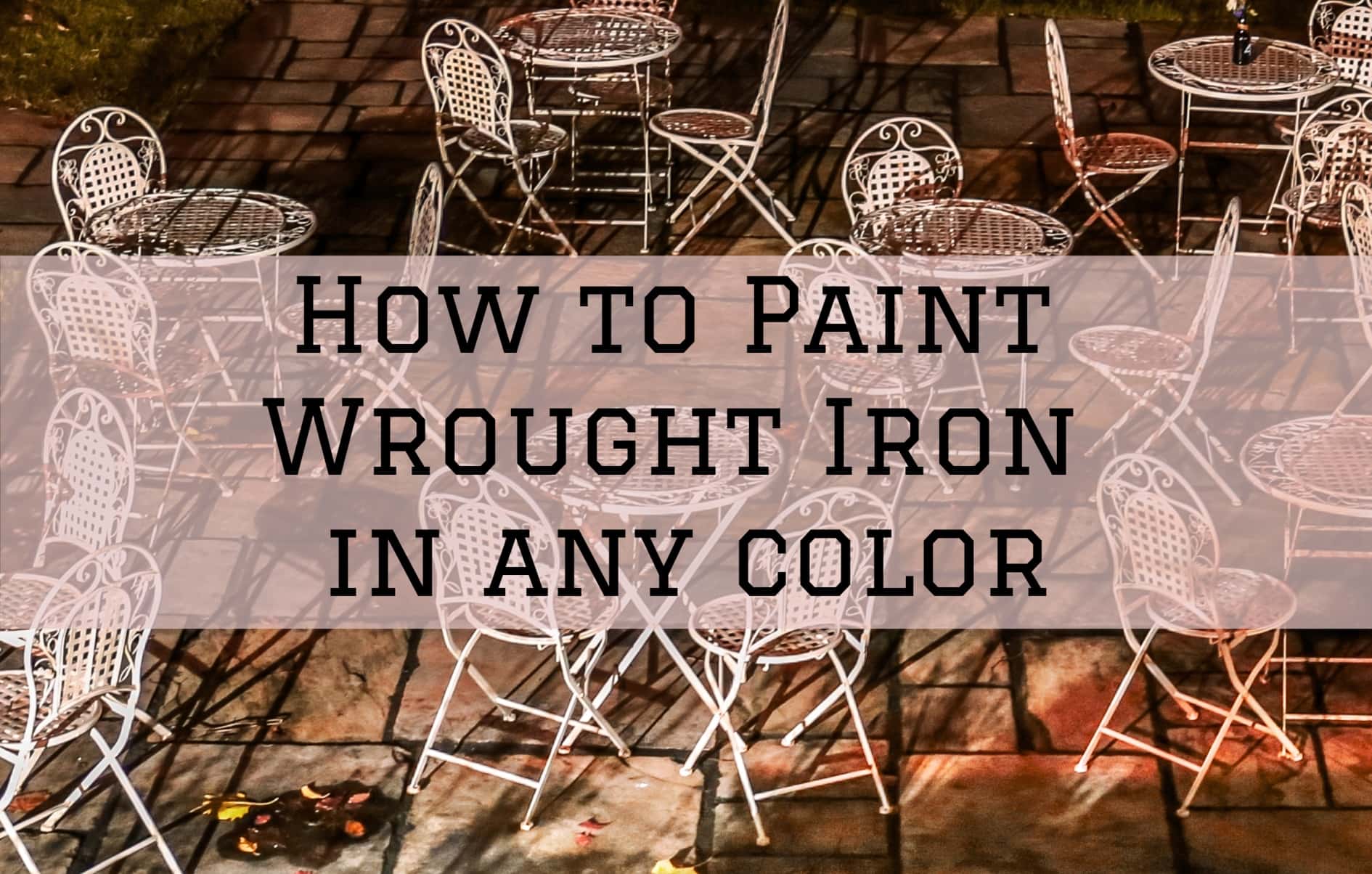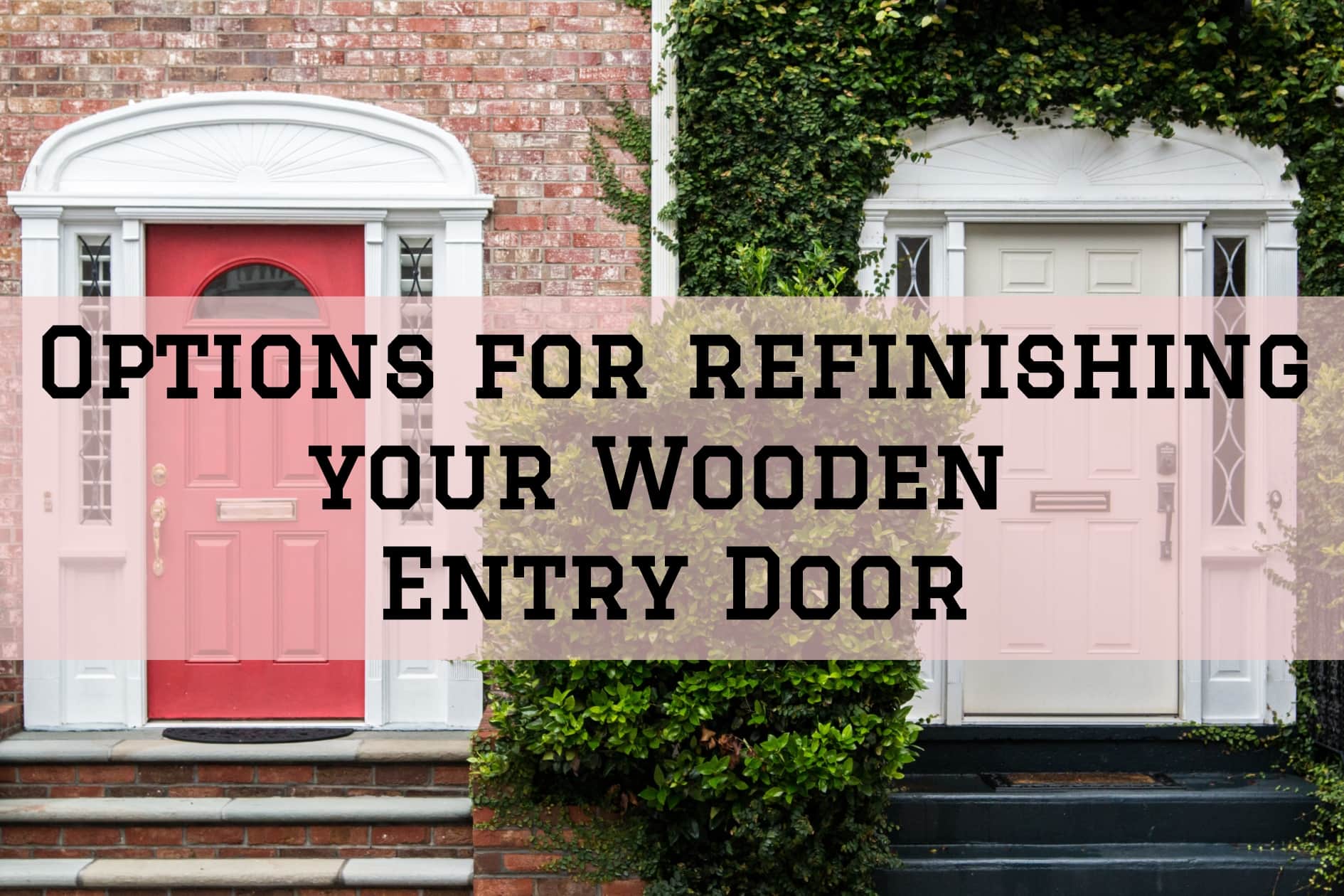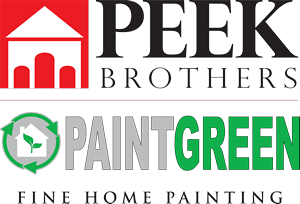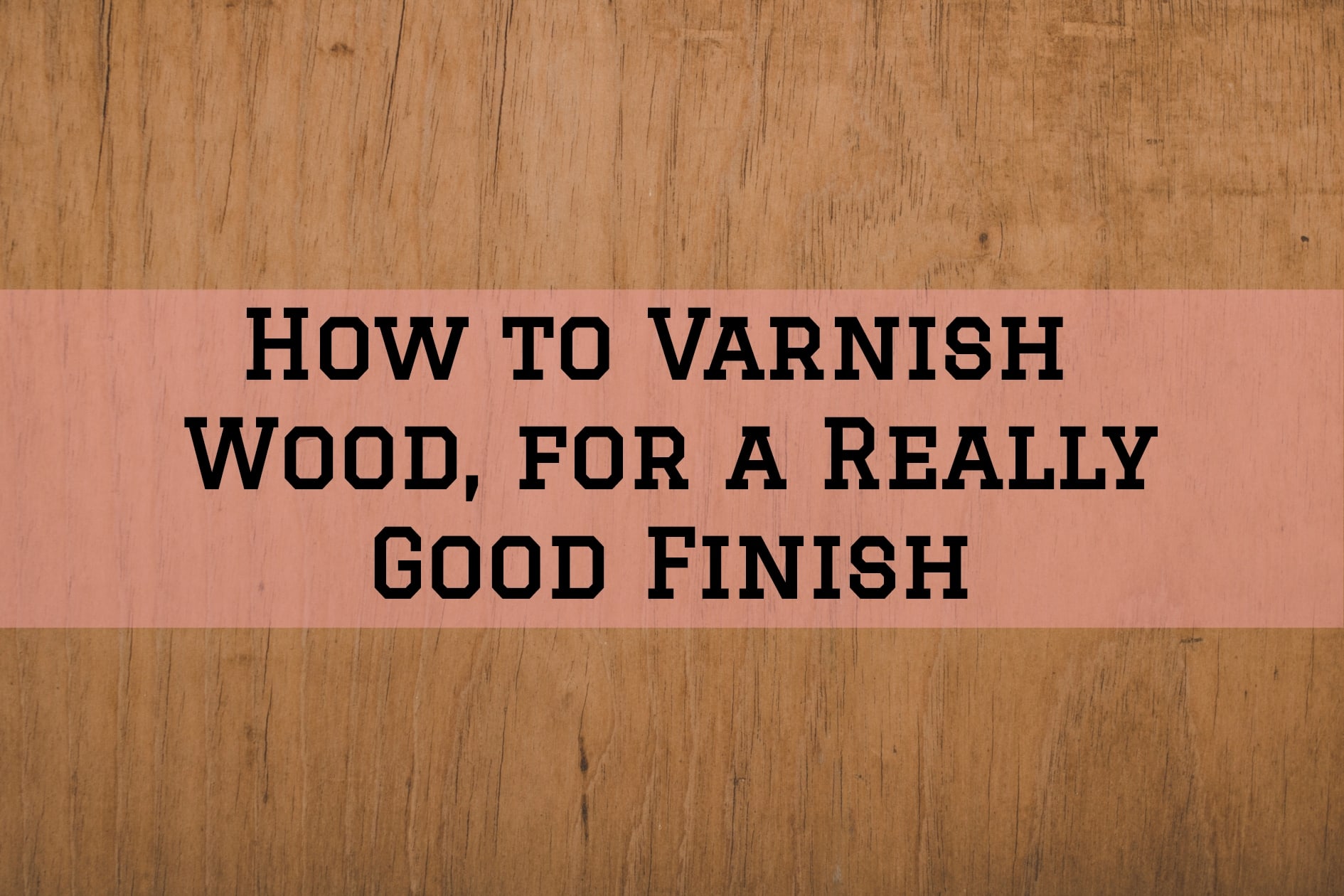How to Varnish Wood, for a Really Good Finish

How to Paint Wrought Iron in any color
December 15, 2018
Options for refinishing your Wooden Entry Door
December 29, 2018How to Varnish Wood, for a Really Good Finish
Whether you’re dealing with wooden floors, cabinets, doors, windows or pieces of furniture, vanish enhances the natural color of any wood to produce a rich and lovely sheen. Other than enhancing the look of the wood, vanish also protects the wood and increases the durability of the surface by minimizing damage.
Vanishing sounds and looks simple, but there is a wide range of wood varnish and other products in the market to choose from. In this article, we show you how to go about the choices and varnish your wood.
How to varnish wood
There’re hundreds of vanishing products in the market, but whatever you choose, always make sure that the existing varnish, oils, waxes, dust, grease, wood stains, dirt, sticky stuff, and uneven areas are completely removed before applying varnish.
Your workspace also needs to be dirt and dust-free, otherwise, it can settle the freshly varnished surface spoiling the smooth finish and sheen. It’s recommended that you use brushes with natural rather than synthetic bristles if you’re working with oil-based finishes. Water-based or acrylic varnishes are best applied using synthetic brushes. Rollers can also be used in both cases.
Different wood varnishes come with unique characteristics, making them slightly vary from each other. But each product comes with detailed instructions which you should follow for best results. Remember, when it comes to varnishes, there’re no shortcuts.
Pro tips for wood varnishing
- Vacuum your working area to eliminate dirt and dust before you start your vanishing project. Wipe the dust from the floor using a slightly damp mop.
• Vanish your product when it’s less humid outside. The varnish will not dry in good time when it’s cold or humid and this increase the chances of dust collecting on your piece before it gets a chance to dry completely. If the temperature in the room is too high, your varnish dries too quickly with the potential of creating messy bubbles.
• Scrap off any existing finish or varnish using a suitable varnish or paint remover. Sand your wood surface to remove any imperfections and then wipe off the debris with a damp cloth.
• You can apply a thinned first coat, but it’s not a must. If you do, allow it to dry for 24 hours followed by sanding using a fine sandpaper. Wipe the surface using a damp cloth to remove dust.
• You can apply more coats as you require, but 2-3 coats are generally sufficient. More coats will produce greater depth in the finish. Gently sand with fine sandpaper after every coat except the last one.
Choosing the right wood varnish
As earlier mentioned, there are several types of vanish products to choose from, and here are the most common ones and where they should be used.
Shellac varnish
Shellac is a natural resin secreted by an insect known as Lac beetle. The product from this insect is used for wood varnishing as well as food glazing. It’s a rather remarkable material that works as a durable primer to block and seal tannin and smell, stain the wood and also act as a high-gloss varnish. It has perfect insulation properties that keep the moisture out. Shellac is compatible with a majority of other finishes and is often used as a primer or barrier to prevent wood stains from bleeding into the newly painted surface.
Polyurethane Varnish
Polyurethane is plastic in liquid form. This can be either oil-based or water-based, which could be either high gloss to satin or anything in between. Polyurethane varnish is much more durable, heat and chemical-resistant material with a longer shelf life compared to shellac. Since it has anti-bacterial properties, it’s highly favored for use on kitchen surfaces and utilities as well as bathroom floors.
Acrylic Varnish
Acrylic varnishes are usually water-based. They are very transparent and don’t turn yellow. They are generally easier to clean and do not release fumes, however, they tend to penetrate oil-based products and wood. They also have good dust resistance and UV-resistance, which is why they’re commonly used to protect paintings.
Other options include spray varnish, floor varnish, lacquer varnish, and marine varnish. If you’re not sure which options to go with, you are better off working with a painting contractor to get the best results.



